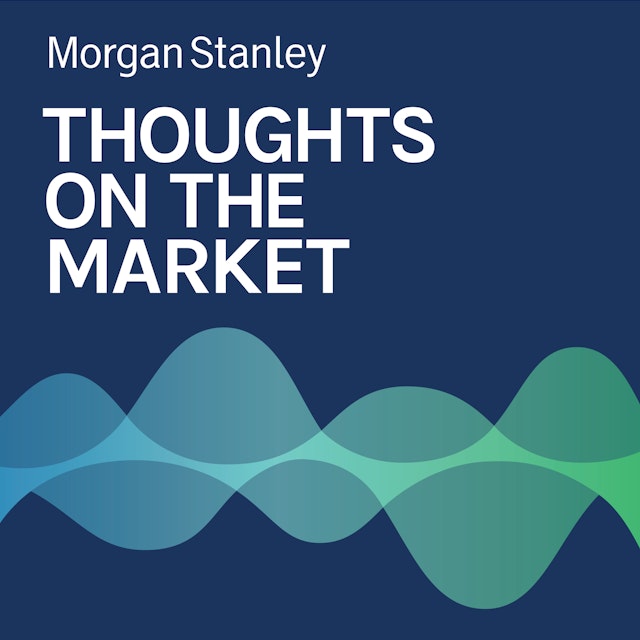Against the backdrop of volatility in the banking sector, tightening in consumer and commercial credit may have far-reaching impacts for economic growth.
----- Transcript -----
Welcome to Thoughts on the Market. I'm Vishy Tirupattur, Chief Fixed Income Strategist here at Morgan Stanley. Along with my colleagues, bringing you a variety of perspectives, I'll be talking about the impact of the current volatility in the banking sector on credit. It's Tuesday, March 21st at 11 a.m. in New York.
On the back of the developments over the last two weeks, our banking analysts see a meaningful increase in funding costs ahead, which should lead to tighter lending standards, lower loan growth and wider loan spreads. Our economists were already expecting a meaningful slowdown in growth and job gains over the coming months, and the prospect of incremental tightening of credit conditions raises the risk that a soft landing turns into a harder one.
According to the U.S. Small Business Administration, small businesses are those that employ fewer than 500 workers, and between 1995 and 2021, they accounted for nearly 63% of the net new job creation. Today, nearly 47% of all private sector employees work at small businesses. In the banking sector, small banks account for 38% of total loans in the U.S. and 30% of commercial and industrial loans. Businesses rely on C&I loans for short term funding of activities such as hiring, paying workers, purchasing supplies, equipment and building inventories.
We now expect this C&I lending to slow down the most based on our prior experience. We also expect that lending to commercial real estate sector to decline given the stresses that are building over there. On the other hand, we are looking for lending to consumer to grow, but more slowly than what we thought before.
Beyond their normal lending activity, banks enable credit formation in the economy by being buyers of senior tranches of securitized credit, providing senior leverage to securitization vehicles, which is a major source of credit formation. Well, we don't exactly know how bank regulations will change in response to the developments of last two weeks, there is the potential for bank sponsorship of securitized credit to diminish and thus indirectly affect credit formation.
From a corporate bond investor perspective, the view has been that the banking sector fundamentals have been in a good place, and last year's underperformance versus non financials was largely a technical story. The developments of the last two weeks have undermined this thesis. Looking beyond the near-term uncertainty, we believe that the supply risks in bank credit are now skewed to the upside. The emphasis on funding diversity shifting away from deposits to wholesale funding is likely to keep regional bank issuance elevated for much longer. While the Bank Term Funding Program (BTFP) may alleviate the urgency to issue these bonds, it by no means provides a permanent solution. So looking beyond the near-term uncertainty, new assurance from banks, regional banks in particular, is likely to persist.
Given that the sector was a consensus overweight and is also likely to see more supply when markets normalize, we see continued volatility and increased tiering within bank credit.
Thanks for listening. If you enjoy the show, please leave us a review on Apple Podcasts and share Thoughts on the Market with a friend or colleague today.
The podcast Thoughts on the Market is embedded on this page from an open RSS feed. All files, descriptions, artwork and other metadata from the RSS-feed is the property of the podcast owner and not affiliated with or validated by Podplay.
